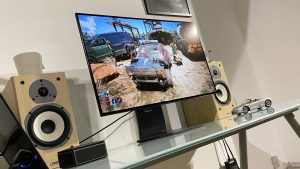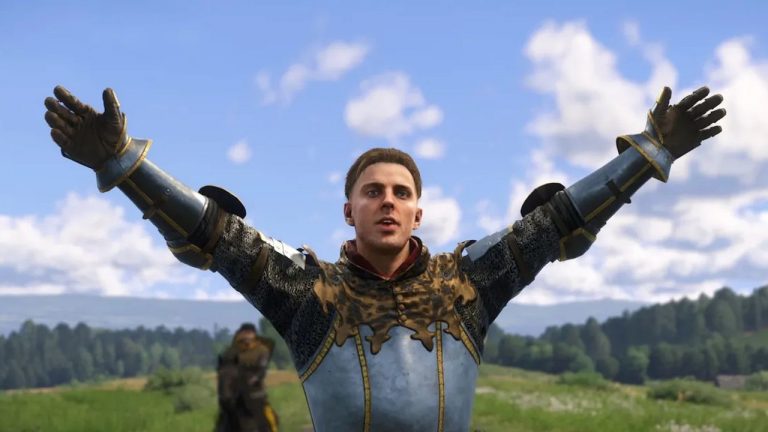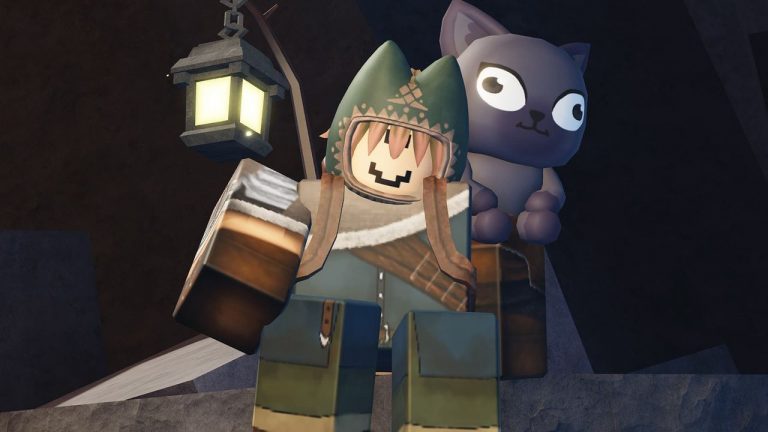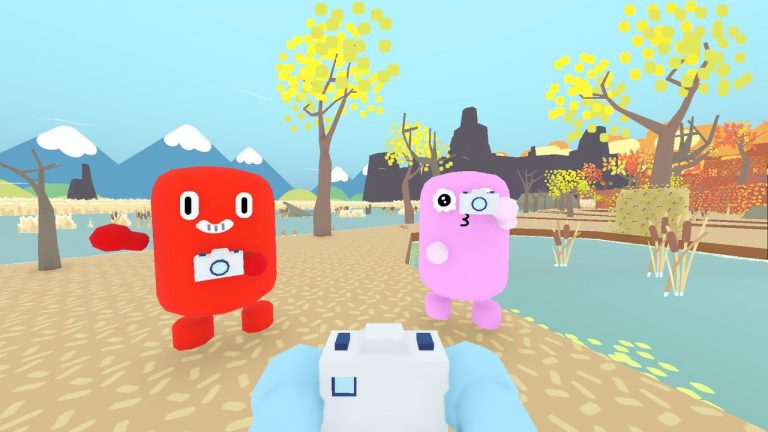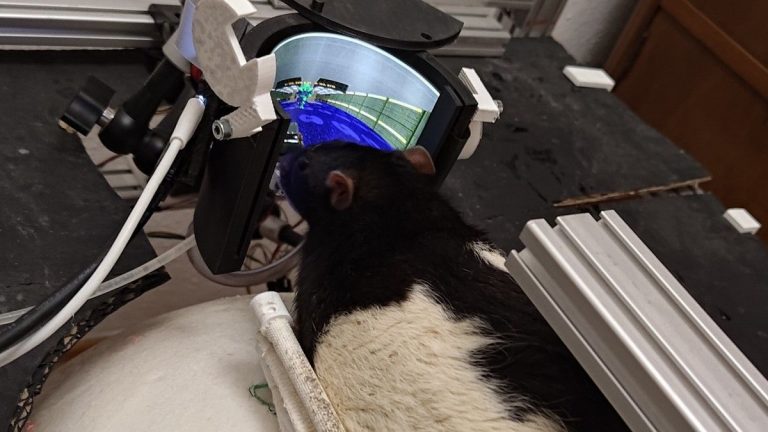Delta Force has an unlearning curve. Despite all pretenses of simulation, the new FPS (which just dropped the subtitle “Hawk Ops” from its name on Tuesday) is a twitchy arcade shooter through and through, which often leaves it at odds with its nakedly Battlefield-inspired maps. I came away from Delta Force with more of an appreciation for Battlefield’s sense of heft and weight and Call of Duty’s now characteristic lack of restraint.
It’s a mostly elegant, sometimes uneven fusion of both ends of the modern military shooter. Weapons boast the exaggerated visual recoil and laser accuracy felt in Call of Duty, and maps feel almost patently lifted from Battlefield 4. Those elements are both key to their respective games, but it’s immediately clear just how much less cohesive in vision and design Delta Force feels than CoD or Battlefield.
Take Modern Warfare 2’s Ground War mode, for example. Recognizing that Call of Duty’s gunplay and killstreak loop is best suited to dense terrain, Infinity Ward stitched together chunks of iconic deathmatch maps into one cohesive area where the battle plays out. That focused density is absent in Delta Force, where maps often feel empty, with awkwardly long sightlines ill-suited to weapons so accurate, so easy to handle.
The two maps available for Havoc Warfare, a large scale attack and defense mode where attackers push defenders back until they take either the whole map or run out of lives, couldn’t be more different, and embody Delta Force’s awkward lack of focus. Cracked is an unspecified Middle Eastern warzone, like so many you’ve seen before, divided into thirds. Attackers make an arduous first push out of a wide open rocky outcropping bereft of cover and flanked on all sides by raised canyon walls, rendering you easy fodder for defenders.
Making inroads into the town sees you fighting street to street, alley to alley, house to house. It’s in the back two-thirds of this map that Delta Force’s level design actually compliments its gameplay.
Which is a terrible shame, given how thematic and creative the other map, Ascension, is. A north Atlantic beachhead that gives way to a winding mountain outpost, climaxing in an assault on a satellite launch facility, Ascension is the platonic ideal of what a Battlefield map should look like, a wonderful vertical slice of modern warfare. It’s top-notch theming let down by so-so map design, with far too many sightlines and too open cover placement. Ascension is gorgeous to look at, and when you’re eight bodies deep on a good killstreak or run of capturing a few objectives in a row, moving with the tidal wave of bodies flooding in and around objectives under a nonstop barrage of screaming cruise missiles and thundering artillery—when everything lines up, and it truly does, every once in while—Delta Force is like the distilled essence of what a modern combat FPS should feel like.
Also like its contemporaries, Delta Force eschews the class structure for “characterful” operators, stone-jawed mercenaries replete with abilities on cooldown. It’s a pet peeve of mine, but it’s always striking to me how much is lost when axing the faceless soldier and replacing them with heroes. All pretensions of a truly global conflict with stakes fall away when you get swarmed by a bunch of clones sharing the same distinctive character model. Obviously Delta Force will be trafficking in varied cosmetics when it launches, but presently, the hero shooter mimicry schtick is to its aesthetic detriment.
The abilities that these heroes have, though, are all uniquely enjoyable. Stinger, the medic, has a healing needle gun and smoke grenade launcher in his kit that lends itself well to filling a support role at all ranges. I especially liked how the loadout system distinguishes itself from Battlefield, allowing you to run any weapon of any type. For somebody with twitchy, palsy-addled reflexes, the ease-of-use afforded by a light machine gun with a bipod has always been my preference, and my time with Delta Force’s alpha was spent healing and suppressing at mid-range. I’ve always appreciated how the inherent pseudo-realism of this type of shooter gives players who normally wouldn’t stand a chance in a competitive multiplayer setting some kind of even footing.
(Image credit: Team Jade)
(Image credit: Team Jade)
(Image credit: Team Jade)
(Image credit: Team Jade)
(Image credit: Team Jade)
(Image credit: Team Jade)
(Image credit: Team Jade)
(Image credit: Team Jade)
(Image credit: Team Jade)
The freedom to pair any weapon loadout with any class creates a lot of interesting build possibilities beyond tailoring to just one’s preferences—Luna, the sniper class equipped with an enemy-revealing reconnaissance bow and portable respawn marker, makes for a versatile close quarters defense specialist when equipped with an SMG instead of a rifle, easily tracking targets through walls and ambushing them.
Delta Force also has a PvE extraction mode called Hazard Ops, which I didn’t spend too much time with. Hazard Ops will doubtlessly shine when played with friends, but as of the current alpha test, frequent disconnects and spotty hit detection undermine what is supposed to be a tight, tense, high stakes experience.
There’ll be a campaign at launch, too, interwoven with real footage (and presumably the narrative) of the 2001 Ridley Scott film “Black Hawk Down.” It’s a bizarre connection to a film that has not aged particularly well and confusingly a remake of the campaign to 2003 shooter Delta Force: Black Hawk Down, which PC Gamer’s contemporary review called “more exhausting than exhilarating.” The early ’90s setting for the campaign is especially at odds with Delta Force’s near-future aesthetic in multiplayer, which is set in 2035.
Attempting to stand evenly in the arenas of both Battlefield and Call of Duty leaves Delta Force a shooter with an identity crisis, failing to reach the heights of either. Still, it’s a promising F2P option launching into early access this winter, with a long road ahead before 1.0—if its contemporaries keep fumbling their yearly releases, there may be a place for Delta Force in between them.


